How to Care for Low Light Indoor Plants Easily
Caring for low light indoor plants is simple when you understand what they need to thrive. These plants are adapted to survive in spaces with limited sunlight, making them perfect for apartments, offices, or shaded corners of your home. To keep them healthy, focus on the right balance of indirect light, consistent but moderate watering, and proper drainage. Choosing the right plant type and understanding its specific care needs will make all the difference. In this guide, you’ll learn exactly how to care for low-light indoor plants easily, with clear, practical steps anyone can follow.
Table of Contents
Table of Contents
Why Low Light Indoor Plants Are a Smart Choice
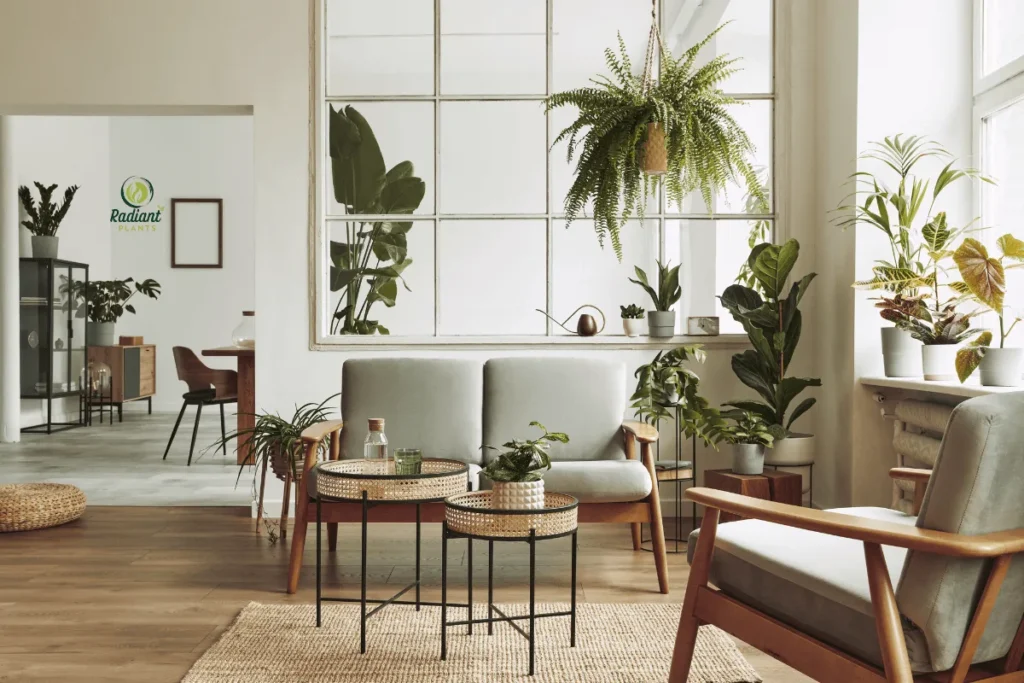
Low light indoor plants are an excellent solution for anyone looking to bring greenery into spaces with minimal sunlight. Whether you live in a shaded apartment, have north-facing windows, or want to green up an office corner, these plants thrive where others struggle. They’re low-maintenance, adaptable, and can instantly enhance indoor air quality and aesthetics—even in dim conditions.
Understanding “Low Light” in Home Environments
“Low light” doesn’t mean no light. It refers to areas where natural sunlight is minimal but still present. Common low-light zones include:
- Rooms with north-facing windows
- Bathrooms, hallways, or corners away from windows
- Areas that receive indirect or filtered light (e.g., through sheer curtains)
- Offices with artificial lighting but no direct sun
✅ Pro Tip: If you can read a book without turning on a lamp during the day, it’s likely a low-light spot.
Infographic suggestion:
🖼 “Types of Light Indoors – Explained Simply”
Include a visual showing examples of:
- Direct light (e.g., south-facing window)
- Bright indirect light (e.g., next to sheer-curtained window)
- Low light (e.g., 6+ feet from the window)
Benefits of Growing Plants in Low Light Conditions
Low-light plants aren’t just survivors—they offer real advantages:
- ✅ Low Maintenance: Most low-light plants grow slowly and need less frequent watering.
- 🌿 Air Purifying Qualities: Many species, like snake plants and pothos, improve indoor air by filtering toxins.
- 🧘 Mood Boosting: Even in darker spaces, greenery can enhance focus, reduce stress, and improve overall well-being.
- 🧱 Space Efficiency: Great for small rooms, offices, or underutilized nooks where other plants won’t thrive.
Here’s a quick comparison:
Benefit | Bathrooms, hallways, and offices | Sun-Loving Plants |
|---|---|---|
Light Requirements | Indirect / filtered / minimal | Direct bright light |
Watering Frequency | Low to moderate | Moderate to high |
Growth Speed | Slower (less pruning needed) | Faster |
Ideal Placement | Bathrooms, hallways, offices | Windowsills, balconies |
Maintenance Level | Easy / beginner-friendly | Medium to high (more sensitive) |
By understanding how low light works and the benefits of choosing the right plant for your space, you’ll set yourself up for indoor gardening success—no sunny windows required.
Best Low Light Indoor Plants for Different Spaces
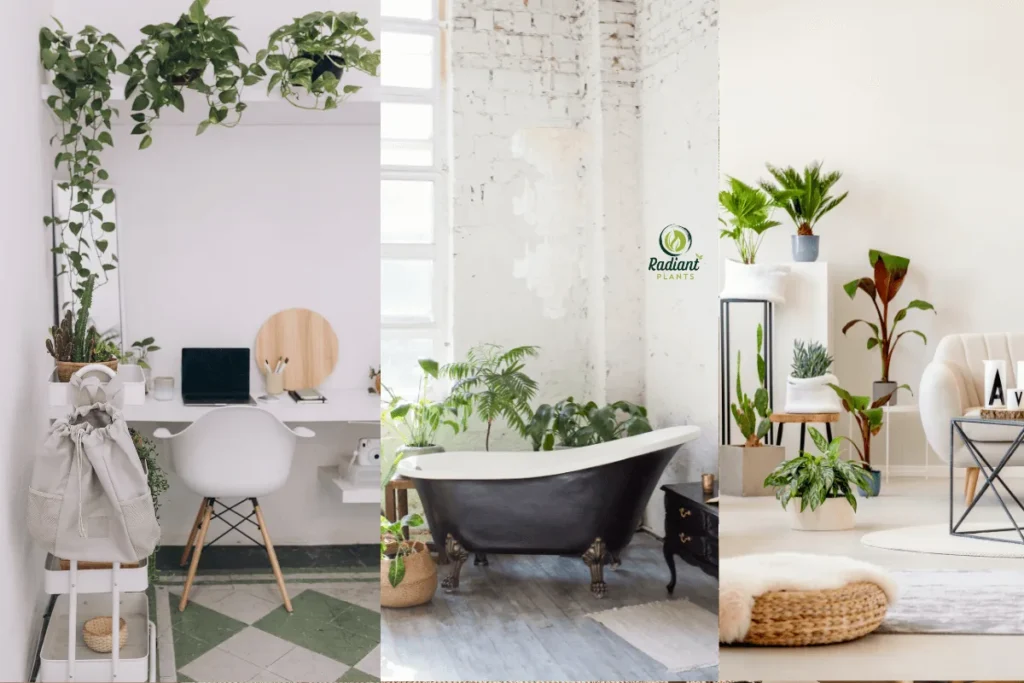
You don’t need a sun-drenched window to enjoy the beauty of houseplants. Many indoor plants thrive in low light and can be matched to different rooms based on their needs and growth habits. Whether you’re decorating a cozy bedroom, a humid bathroom, or a low-lit office corner, there’s a perfect plant for each space.
Top Picks for Bedrooms, Bathrooms, and Offices
Different rooms call for different plant features. Here are tailored suggestions:
🌙 Bedrooms
- Snake Plant: Releases oxygen at night; thrives in low light and dry air.
- ZZ Plant: Compact, low maintenance, ideal for shelves or nightstands.
- Peace Lily: Adds elegance and filters toxins—just keep it a few feet from any light source.
🚿 Bathrooms
- Pothos: Loves humidity and low light—perfect for hanging baskets near the shower.
- Boston Fern: Enjoys warm, moist air and dappled light.
- Cast Iron Plant: Tolerates poor light and fluctuating temperatures.
💼 Offices
- Parlor Palm: Adds a tropical touch to desks or corners with little light.
- Chinese Evergreen: Colorful leaves, tough in low light, air-purifying.
- Spider Plant: Adapts well to artificial lighting and works well in hanging pots or on file cabinets.
Pet-Safe Low Light Plants
If you live with curious cats or dogs, plant safety matters. These low-light houseplants are non-toxic and safe for furry friends:
- Calathea (Prayer Plant) – Striking foliage and thrives in indirect light
- Areca Palm – Great for offices and living rooms, safe for pets
- Peperomia – Small, diverse shapes and colors; very low maintenance
- Bamboo Palm – Soft fronds, air-purifying, and pet-friendly
✅ Table: Low Light Indoor Plants for Different Needs
Plant Name | Light Needs | Water Needs | Pet Safe | Growth Habit |
|---|---|---|---|---|
Snake Plant | Low to medium | Low (every 2–3 weeks) | No | Upright, stiff leaves |
ZZ Plant | Low | Low | No | Bushy, glossy foliage |
Calathea | Low to medium | Moderate, likes humidity | Yes | Spreading, patterned leaves |
Pothos | Low to bright indirect | Moderate | No | Trailing vines |
Peperomia | Low to medium | Moderate | Yes | Compact, round leaves |
Boston Fern | Low to medium | High humidity needed | Yes | Lush, arching fronds |
Areca Palm | Low to bright indirect | Moderate | Yes | Feathered, upright |
By choosing the right low-light plant for each space—and considering safety for pets—you can enjoy a healthy, vibrant home or workspace no matter how dim the lighting.
How to Care for Low Light Indoor Plants Easily
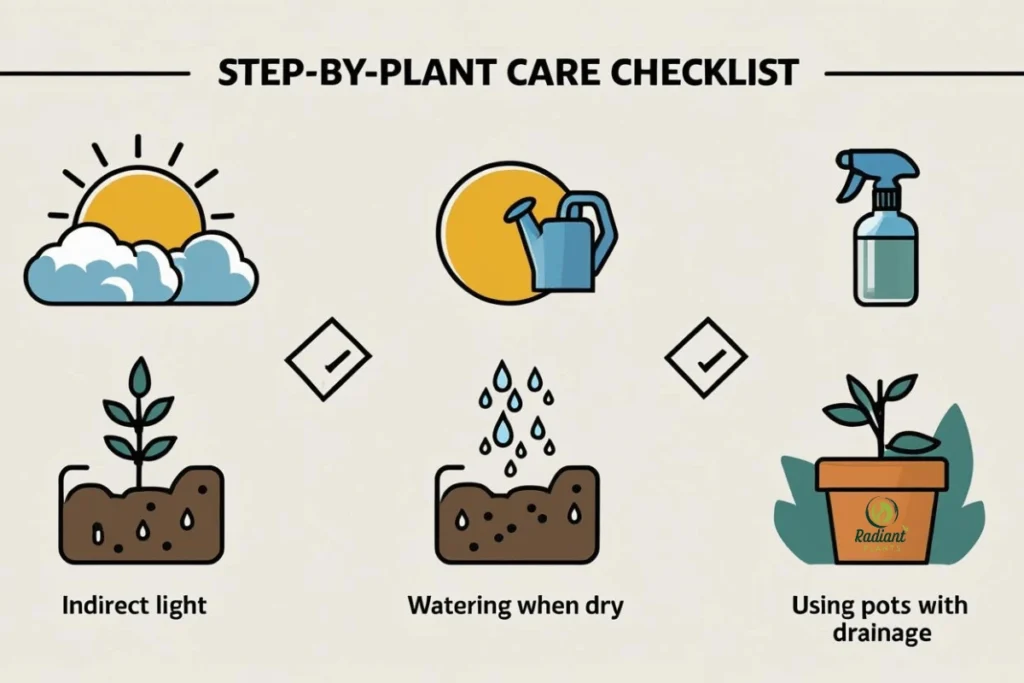
Low light indoor plants may be more forgiving than sun-loving varieties, but they still require the right balance of light, water, and humidity to truly thrive. With a few simple routines and adjustments, you can keep your greenery healthy, even in the dim corners of your home or office.
Light, Watering, and Humidity Tips
💡 Light:
- Place your plants close to a window that gets indirect or filtered light (e.g., north-facing or shaded windows).
- Rotate the plant every 1–2 weeks to ensure even growth.
- Avoid placing plants in completely dark rooms—they still need some ambient light.
💧 Watering:
- Use the “dry inch” test: stick your finger 1 inch into the soil. If it feels dry, it’s time to water.
- Most low-light plants like moderate watering, about once every 10–14 days, depending on the plant and season.
- Always empty saucers after watering to prevent root rot.
💨 Humidity:
- Low light often means indoor corners that lack airflow, so increase humidity by:
- Misting leaves weekly
- Placing a humidity tray nearby (pebbles + water)
- Grouping plants together to create a microclimate
✅ LSI keywords used: indirect light, root rot, humidity tray, filtered light, overwatering
Common Mistakes to Avoid in Low Light Conditions
Even easy-care plants can suffer without proper attention. Here are common pitfalls:
- Overwatering
Low light means less evaporation. Soaking the soil too often causes soggy roots and fungal issues. - Using the Wrong Pot or Soil
Avoid non-draining pots. Use a well-draining mix labeled for houseplants. - Placing Plants in Total Darkness
Even shade-loving plants need low ambient light—avoid basements or closets unless using grow lights. - Ignoring Dust Buildup
Dust can block what little light they receive. Gently wipe leaves every few weeks.
✅ Beginner’s Care Routine
(Perfect for a printable sidebar or checklist graphic)
- ☐ Place the plant near an indirect light source
- ☐ Check soil moisture weekly
- ☐ Water when the top 1 inch feels dry
- ☐ Wipe leaves monthly
- ☐ Mist or use a humidity tray if the air is dry
- ☐ Rotate the plant bi-weekly
- ☐ Use a pot with drainage holes
Mastering this easy care routine will help your low-light indoor plants not only survive but thrive, bringing life and calm into even the dimmest corners of your space.
Low Light vs Bright Light Indoor Plants: What’s the Difference?
The key difference between low-light and bright-light indoor plants lies in their light requirements and growth behavior. While both types can thrive indoors, they need different care approaches to stay healthy and vibrant. Choosing the right plant based on your available light can save you frustration and ensure your greenery grows as expected.
How Plant Needs Change by Light Type
🌿 Low Light Plants
- Thrive in indirect, shaded, or filtered light
- Tolerating north-facing windows, shaded corners, and artificial light
- Examples: Snake Plant, ZZ Plant, Cast Iron Plant, Pothos
☀️ Bright Light Plants
- Need direct sunlight for several hours daily
- Do best near south- or west-facing windows
- Examples: Succulents, Fiddle Leaf Fig, Bird of Paradise, Cactus
Key care differences:
- Watering: Bright light plants often dry out faster and need more frequent watering.
- Feeding: Fast-growing plants in high light may benefit from regular fertilizing.
- Placement: Low light plants are more versatile in where they can be placed—perfect for dim rooms and offices.
Adjusting Expectations for Growth in Low Light
If you’re growing low-light plants, it’s important to know the:
- Grow more slowly than sun-loving varieties
- May not flower often (if at all)
- Require less frequent repotting
- They are often better suited for beginners due to their forgiving nature
💡 Tip: If you’re expecting dramatic, fast growth, bright light species (with proper placement) are a better match.
✅ Comparison Table: Low Light vs Bright Light Plants
Feature | Indirect / filtered/shaded | Bright Light Plants |
|---|---|---|
Light Requirement | Rare/seasonal | Direct sun (4–6+ hrs/day) |
Watering Frequency | Low to moderate | Moderate to high (evaporation is faster) |
Growth Rate | Slower | Faster |
Flowering Potential | Rare / seasonal | More likely to bloom |
Placement Flexibility | High – can thrive in hallways, bathrooms | Low – needs sun-facing windows |
Maintenance Level | Easy / beginner-friendly | Medium – may need more care & attention |
Best For | Offices, low-light homes, shaded corners | Bright kitchens, sunny living rooms |
Understanding these differences will help you make informed choices about which plants to grow and how to set realistic care expectations based on the light your space offers.
Common Problems with Low-Light Plants (And How to Fix Them)
Even the hardiest low light indoor plants can show signs of stress if their basic needs aren’t met. Common issues like yellowing leaves, stunted growth, or soggy soil are often caused by a combination of low light stress, overwatering, or poor airflow. The good news? Most problems are easy to fix with small adjustments.
Yellowing Leaves, Stunted Growth, Moldy Soil
Let’s break down what these symptoms mean and how to respond:
- 🌿 Yellowing Leaves
Likely causes: Overwatering, poor drainage, or light deficiency
Fix it:- Let the soil dry before watering again
- Ensure the pot has proper drainage holes
- Move the plant slightly closer to a light source
- 🐌 Stunted Growth
Likely causes: Insufficient light or nutrient deficiency
Fix it:- Rotate the plant weekly for balanced light exposure
- Consider using a low-dose, all-purpose fertilizer every 6–8 weeks during active growing months
- 🦠 Moldy Soil or Fungus Gnats
Likely causes: Constantly damp soil and lack of airflow
Fix it:- Allow the top 1–2 inches of soil to dry out between waterings
- Improve air circulation with a small fan nearby
- Sprinkle cinnamon or use neem oil as a natural antifungal
✅ Fix It Fast: Common Issues & Remedies
Problem | Cause | Quick Fix |
|---|---|---|
Yellowing Leaves | Overwatering / Low Light | Reduce watering, increase indirect light |
Slow or No Growth | Mist the plant or use a humidity tray | Move closer to light, add mild fertilizer |
Moldy Soil | Poor airflow / excess moisture | Let the soil dry, and increase ventilation |
Drooping Leaves | Inconsistent watering | Check soil moisture and create a schedule |
Brown Leaf Tips | Low humidity | Mist plant or use a humidity tray |
When to Supplement with Artificial Light
Some rooms are simply too dim, even for the most shade-tolerant plants. If your plant is:
- Leaning toward the window
- Losing variegation or color
- Barely growing over multiple months
…it may be time to introduce a grow light.
How to supplement effectively:
- Choose full-spectrum LED grow lights labeled for houseplants
- Position the light 6–12 inches above the plant
- Use a timer to provide 8–12 hours of light per day
- Ideal for basements, windowless bathrooms, or winter months
💡 Bonus Tip: Clip-on grow lights or standing lamps can blend into your décor while keeping your plant healthy year-round.
With a little attention and the right troubleshooting approach, you can solve nearly any issue your low light plants throw your way—and keep them looking lush and vibrant.
FAQ: How to Care for Low Light Indoor Plants Easily
Can low light indoor plants survive without any natural sunlight?
Yes, many low light indoor plants can survive with very minimal sunlight, especially if placed near north-facing windows or under artificial lighting. While they don’t need direct sun, they still require some ambient or filtered light to photosynthesize and stay healthy.
How often should I water low light houseplants?
Low light plants typically need less water than sun-loving varieties. Most prefer to dry out slightly between waterings—about every 10 to 14 days, depending on the plant type, room temperature, and pot size.
What are the best low-maintenance low light indoor plants for beginners?
Great beginner-friendly options include the ZZ plant, snake plant, pothos, and cast iron plant. These low-maintenance indoor plants tolerate infrequent watering and adapt well to low light conditions.
Why are the leaves on my low-light plant turning yellow?
Yellowing leaves are often caused by overwatering or poor drainage, common issues with low-light houseplant care. Make sure your pot has drainage holes and allow the top inch of soil to dry out before watering again.
Do low light indoor plants grow slower than other houseplants?
Yes, most low-light plants have a slower growth rate due to reduced energy from sunlight. While they may not grow as fast or as large, they require less pruning and are ideal for compact or low-maintenance spaces.
Conclusion
Caring for low light indoor plants doesn’t have to be complicated. With the right placement, simple watering habits, and a little attention to humidity and lighting, your plants can thrive even in the shadiest corners of your home. We’ve covered how to choose the right varieties, avoid common mistakes, and style them beautifully in your space.
Even if you’re new to houseplants, low light indoor plants are one of the easiest ways to bring life and calm into your environment. You’ve got everything you need to get started with confidence.
🌿 Now it’s your turn—choose a plant, apply what you’ve learned, and enjoy the greenery!
If this guide helped, feel free to share it with fellow plant lovers or explore more indoor plant care tips on our blog.
make your house plants thrive 🌿indoor plants care tips & hacks

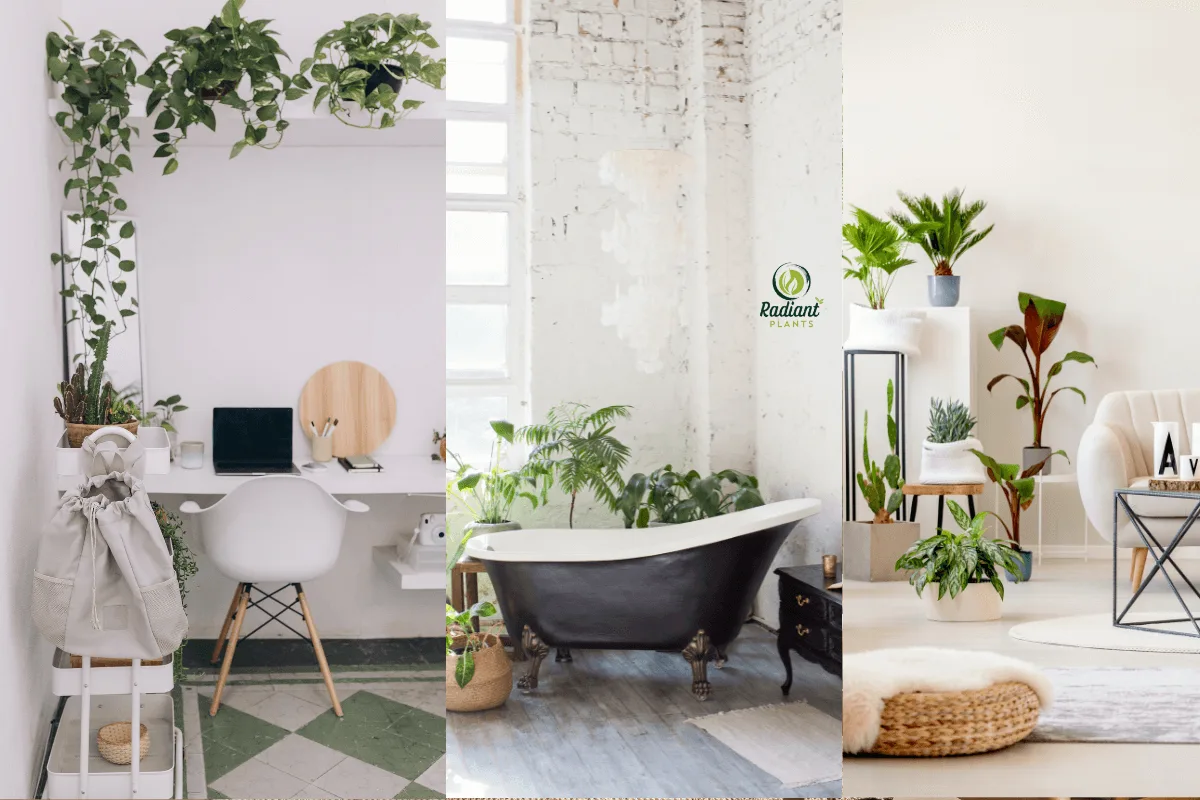
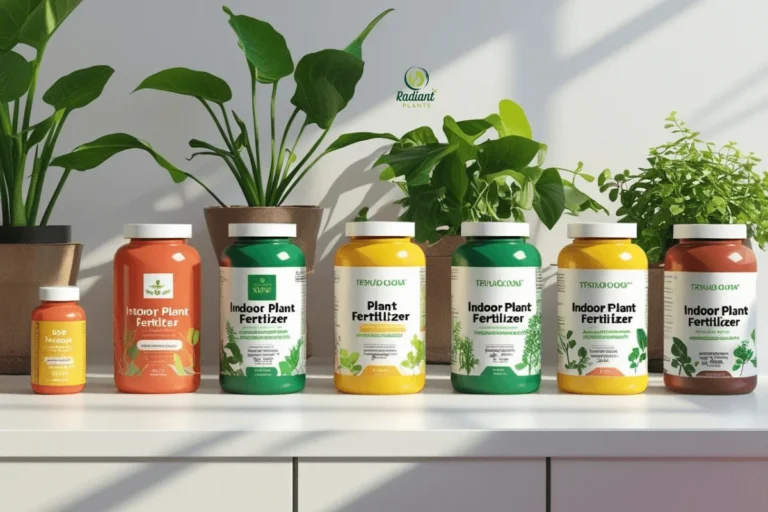
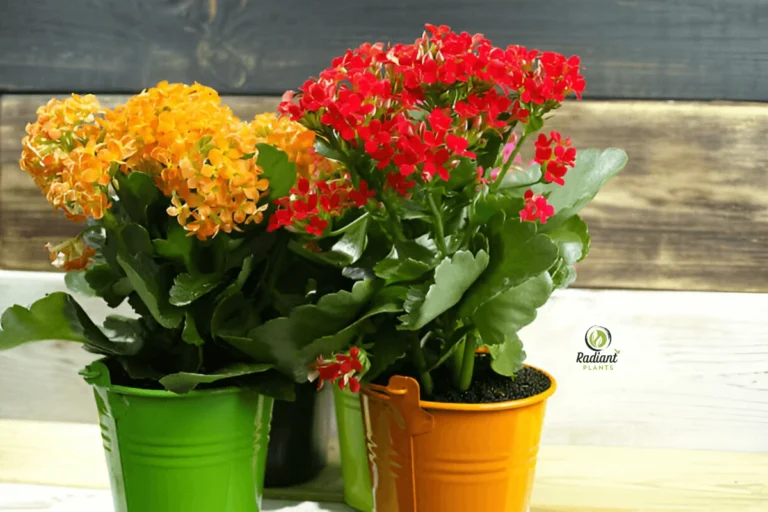
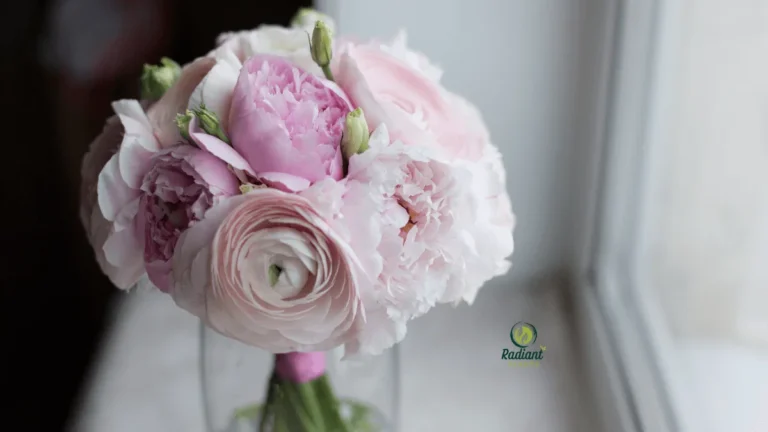
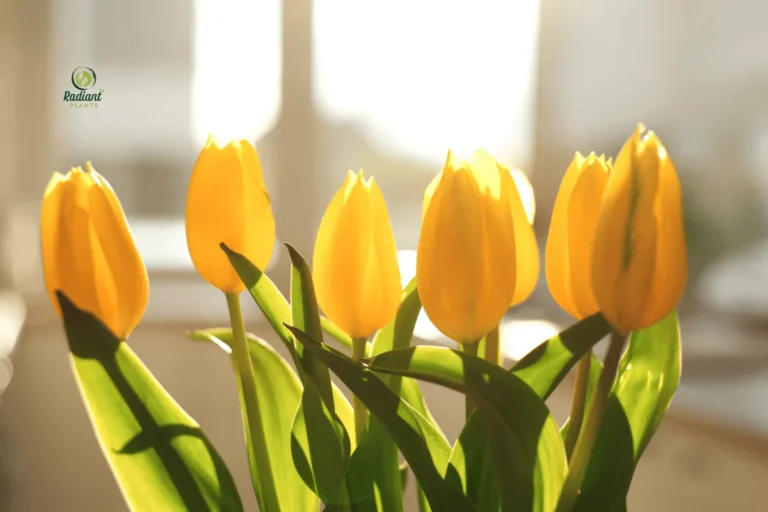
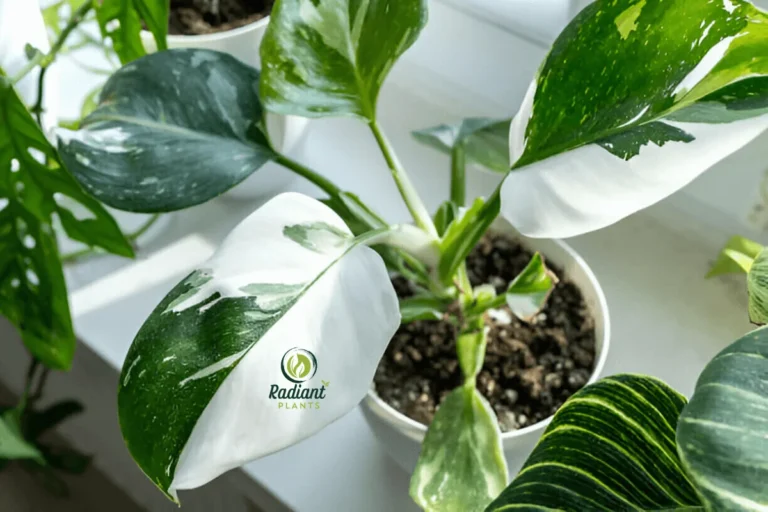
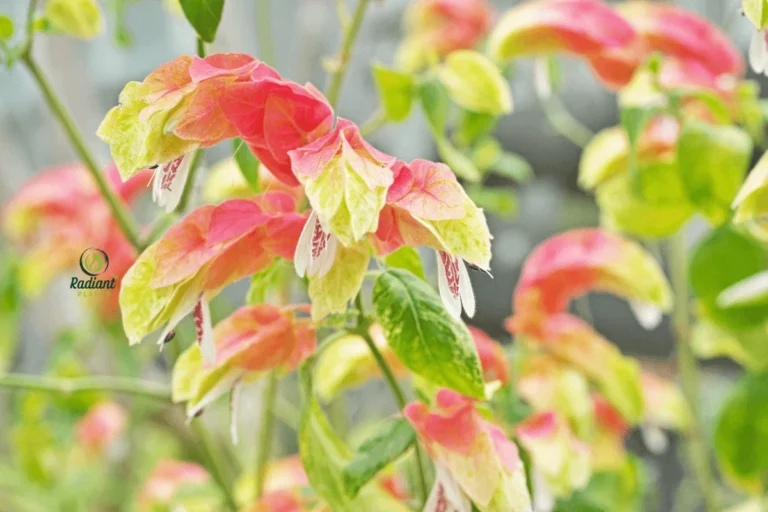
Very well presented. Every quote was awesome and thanks for sharing the content. Keep sharing and keep motivating others.
Thank you so much for the kind words! 😊
I’m really glad you found the content helpful and motivating. 🌿✨
I just like the helpful information you provide in your articles
Thank you! I’m really glad you find the information helpful 😊
If there’s ever a specific topic you’d like to see covered, feel free to let me know. I’m here to help you grow your green space! 🌿💚
Great information shared.. really enjoyed reading this post thank you author for sharing this post .. appreciated
Thank you so much for taking the time to read and leave such encouraging feedback! I’m really glad you found the information valuable and enjoyed the post. Comments like yours motivate me to keep creating helpful content. If there are any specific topics you’d like to see covered in future posts, please don’t hesitate to suggest them. Thanks again for your support!
I just like the helpful information you provide in your articles
We’re so happy you find the information useful 🌿 Helping plant lovers like you is exactly why we share these articles.